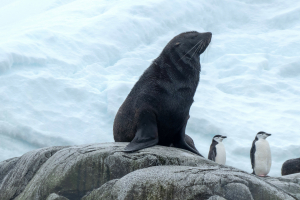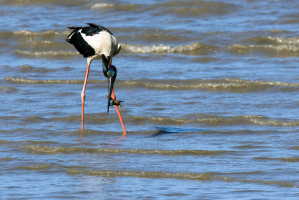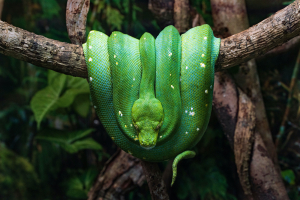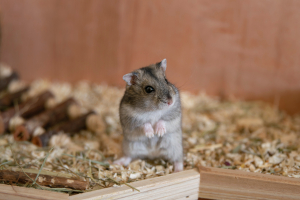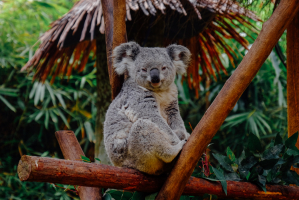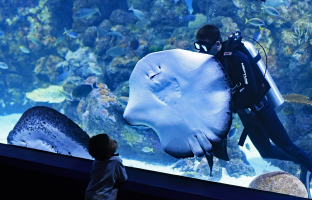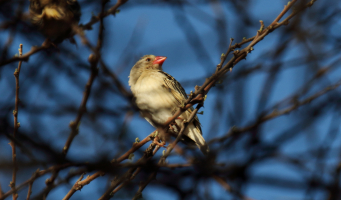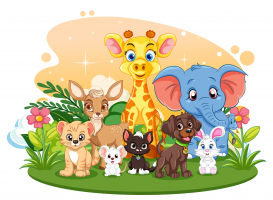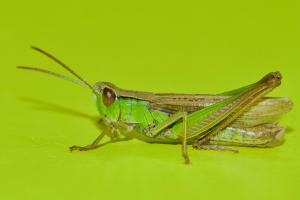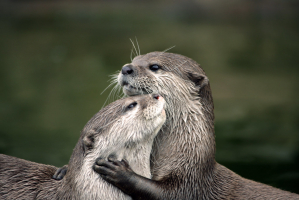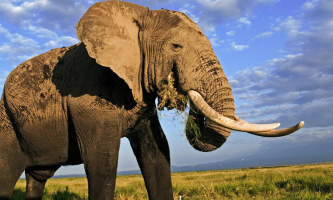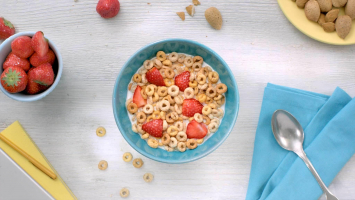Top 6 Cutest Animals That Fit Right on Your Finger
There's a reason why people typically agree on what makes an animal adorable. People's perceptions of what is cute are shaped by their evolution, which is why ... read more...they pay attention to human kids. This has spread to other species, and in general, newborn animals of all types draw their attention. And now, Toplist will show you the top cutest creatures that fit right on your finger.
-
Hermit crabs are one of those uncommon tiny pets that are yet well-mannered, inexpensive, and make excellent pets. They require an aquarium with a half-foot layer of sand on top and some stones for them to climb and play with. Older children can handle the hermit crab, but it is preferable to let the crab do its own thing. It is more of a quiet, serene animal and is not the type of creature you would want to snuggle or pet.
You'll be watching it from afar as it crawls around in the cage, digging under the sand to cover its little face. These small critters are highly gregarious and emerge from their hiding places in the evenings. Your hermit crab may even make a chirping sound now and then. They may survive for up to 30 years and don't require much exercise or care. Crabs do not like to smell the same food twice in a row, therefore you must feed them something different each time, such as fish now and maybe fruits later. You should also provide de-chlorinated fresh water and saltwater in separate bowls. Because they are shelled organisms, they require calcium, thus cuttlebones should be added to their tank on a regular basis.
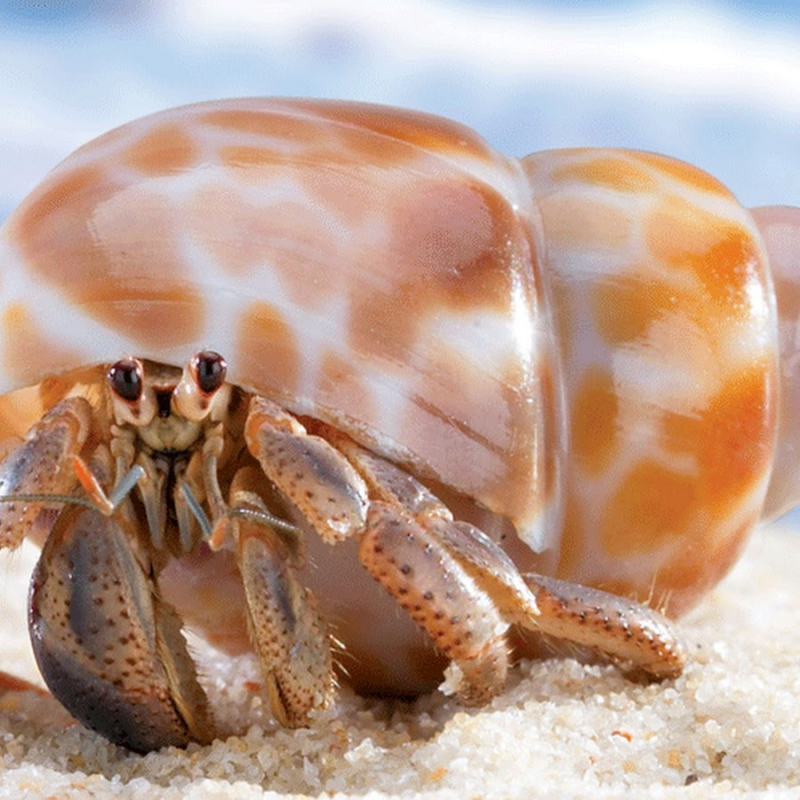
Hermit Crab 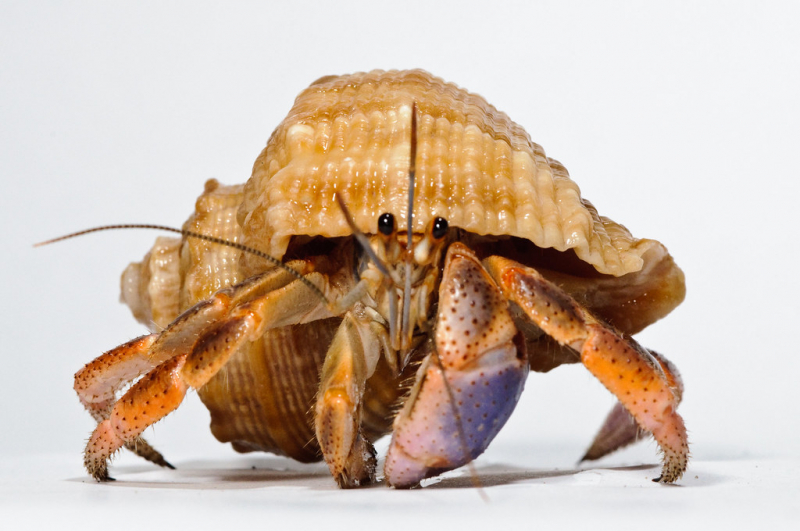
Hermit Crab -
Gerbils are social creatures and should be kept in groups of two to four. They are reasonably priced, and a ten-gallon tank should be plenty for a pair of these adorable tiny mini critters. They may be hugged and loved, but be careful not to injure the delicate little animals.
Gerbils come in a variety of colors and sizes, and the greatest thing is that they are odorless and clean. Gerbils, unlike hamsters, do not sleep at night. They are also fairly self-sufficient and can keep themselves busy for extended periods of time. They, too, have a limited lifetime of 3 to 4 years, much like hamsters, so be prepared. Similar to rabbits in appearance, chinchillas are active and playful animals. They are largely nocturnal and prefer a quiet spot during the day. They don’t tend to like being held, as they would rather be moving and exploring. But many still can learn to enjoy the company of their caretakers.
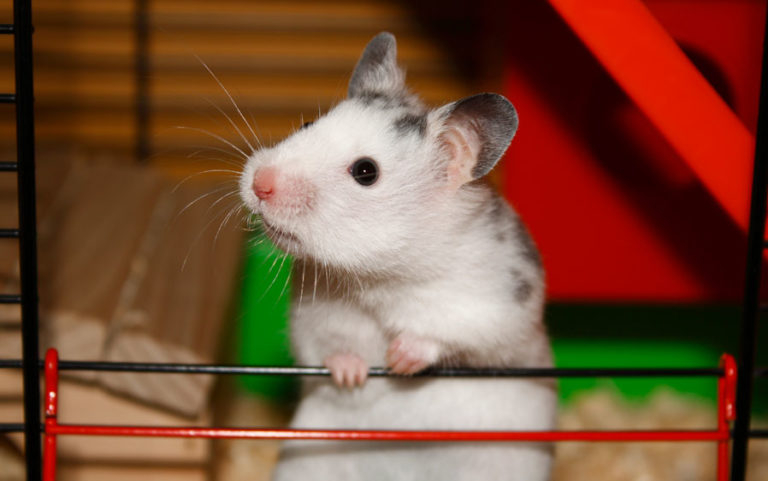
Gerbils 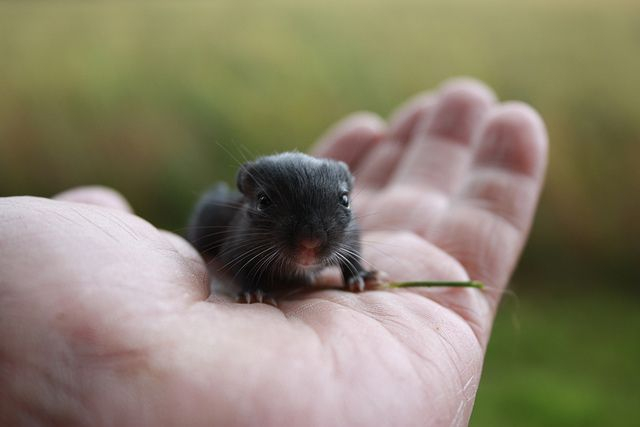
Gerbils -
If you want your children to handle them, bigger breeds such as the Syrian hamster are much preferable because they are not as fragile and are rather docile and well-mannered. Because the hamster is a lonely and self-entertaining animal, your children do not need to exercise it as long as its cage has tunnels, boxes, or exercise wheels. Some dwarf hamsters are sociable with other Dwarf Hamsters and can be housed in same-sex couples or small groups. They have a life expectancy of three years. Although Dwarf Hamsters have a reputation for being a little snappy, with a soft touch, most are simple to manage.
Also, because Dwarf Hamsters are solitary creatures, purchasing just one is plenty. However, they only live for 2.5-3 years, so be prepared to explain the idea of death to your child if they become overly attached to the small creature. They are also nocturnal, therefore they will not be awake for most of the day.
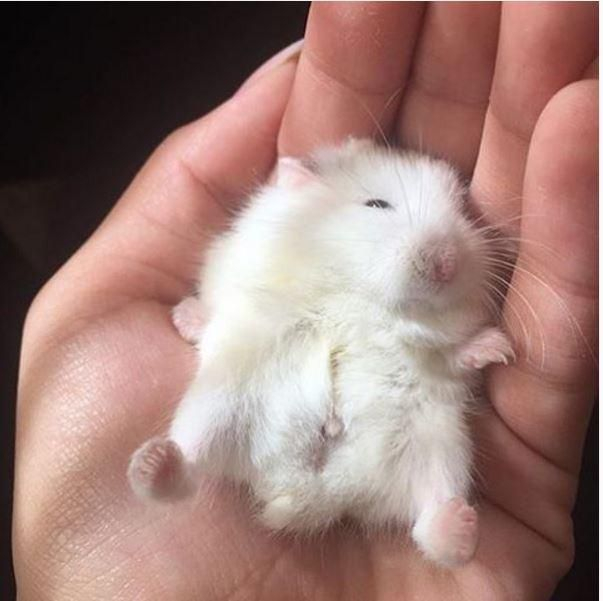
Dwarf Hamster 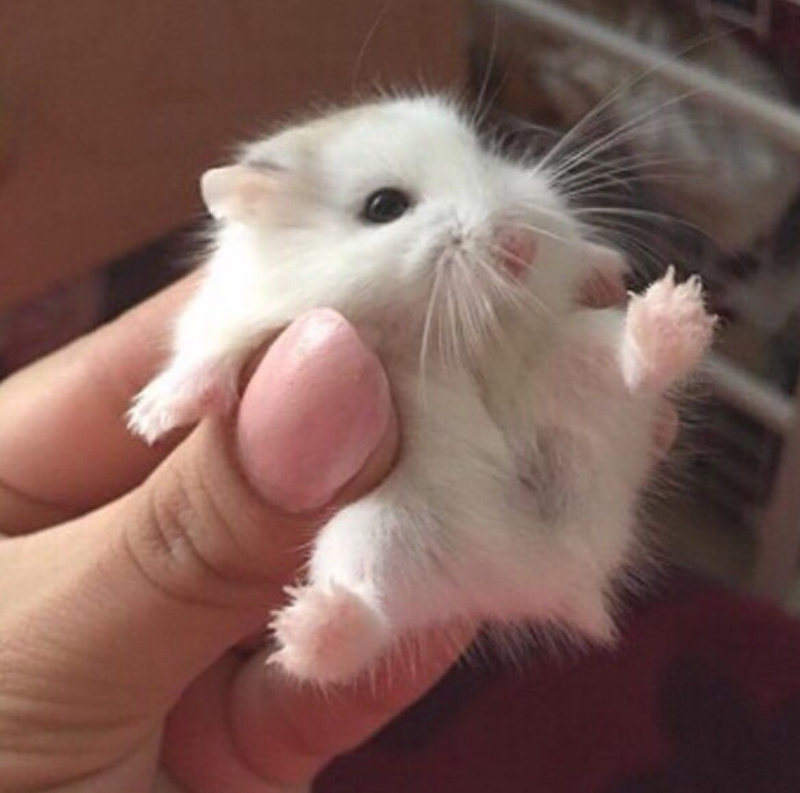
Dwarf Hamster -
Animals are cute to humans in many circumstances because of interactions with them over tens of thousands of years of evolution. Sometimes their sweetness is completely accidental. This is true of a species of Flapjack octopus that is, of all things, cute. The species was found in 2015, and it resembles a Pac-Man ghost. They are brilliant pink in color, with stubby tentacles and huge eyes. They are abyssal organisms, which means they developed to thrive in the deep water on the ocean floor, thus their attractiveness has nothing to do with human admiration, though it is a nice bonus.
While they are not the only species of Flapjack octopus in the ocean, their scientific name, Opisthoteuthis adorable, seems appropriate. Flapjack octopuses aren't the only octopus species that people think are cute. The so-called Dumbo octopus has comparable characteristics, but it has enormous flaps that resemble the Disney character's big ears.
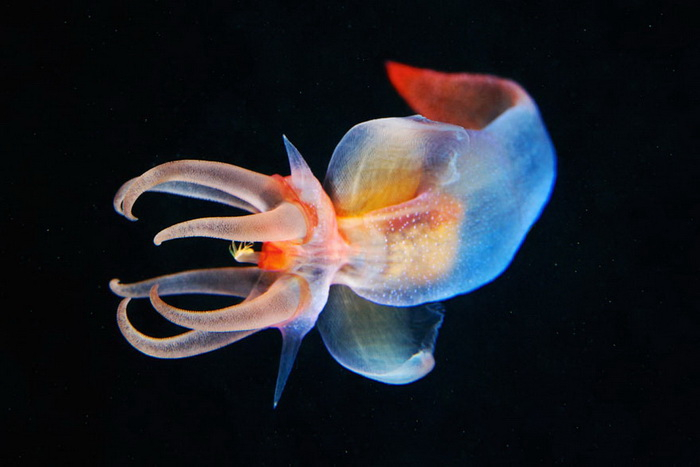
Flapjack & Dumbo Octopodes 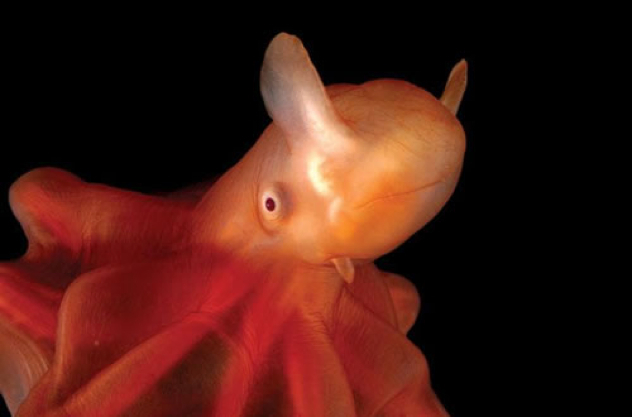
Flapjack & Dumbo Octopodes -
The pygmy marmoset, genus Cebuella, is a tiny species of New World monkey confined to the jungles of South America's western Amazon Basin. It is remarkable for being the world's tiniest monkey and one among the world's smallest primates, weighing little over 100 grams (3.5 oz). It is a gum-feeding specialist, often known as a gummivore, and is commonly found in evergreen and river-edge woods.
Approximately 83 percent of the pygmy marmoset population lives in stable troops of two to nine individuals, each with a dominant male, a breeding female, and up to four litters of young. A normal stable troop would have a median size of six people. Although most groups are made up of family members, one or two extra adult members may be present. The group communicates using a complicated system that includes verbal, chemical, and visual cues.
This monkey's diet consists entirely of tree gum. It uses its unique teeth to nibble holes in the bark of suitable trees and vines in order to induce gum formation. When sap accumulates in the hole, it licks it up with its tongue. It also waits for insects, particularly butterflies, who are drawn to the sap pores. Its diet is supplemented with nectar and fruit.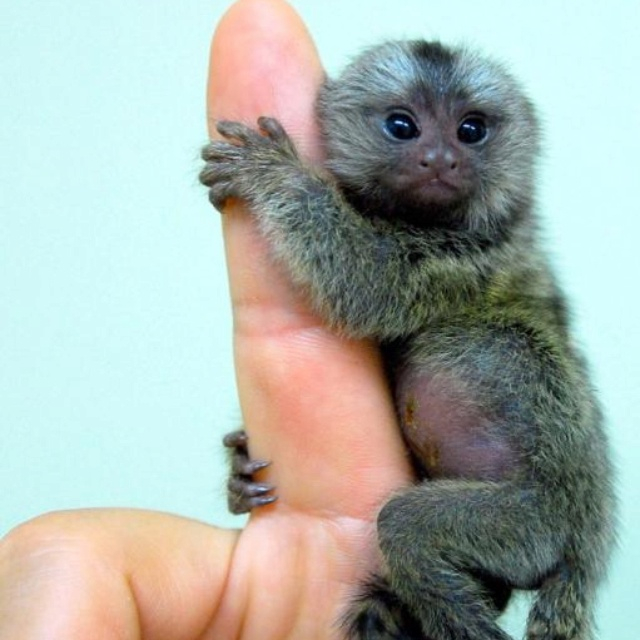
Pygmy marmoset 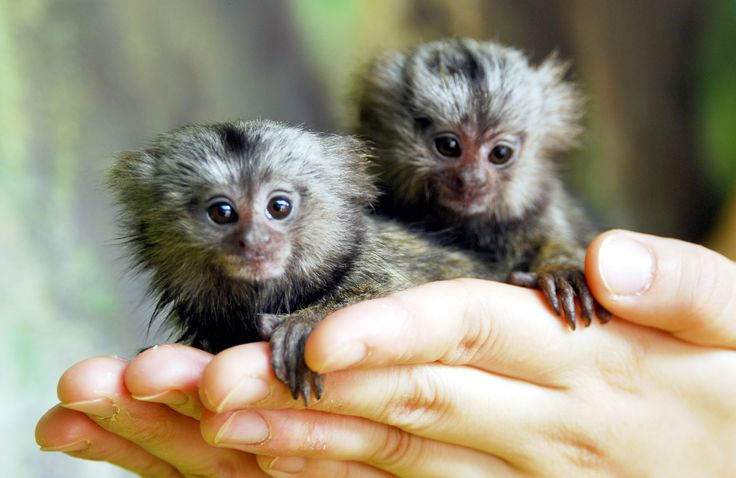
Pygmy marmoset -
The nocturnal lemurs of the genus Microcebus are known as mouse lemurs. Mouse lemurs, like other lemurs, are endemic to Madagascar. Mouse lemurs are the smallest primates, with a combined head, body, and tail length of fewer than 27 centimeters (11 in) (the smallest species being Madame Berthe's mouse lemur); nonetheless, their weight changes in response to daylight duration. The IUCN declared lemurs and mouse lemurs to be the most endangered vertebrates.
According to Genetics, mouse lemurs contribute to a better knowledge of primatology's biology, behavior, and health. Mouse lemurs are considered prosimian primates. They are among the tiniest and fastest-growing primates, and their numbers are increasing in Madagascar and across the world. Through the investigation of their phenotypes and mutations, these little organisms are helping to prove significant knowledge about the biology and evolution of primates, particularly as a model organism for human medical research.
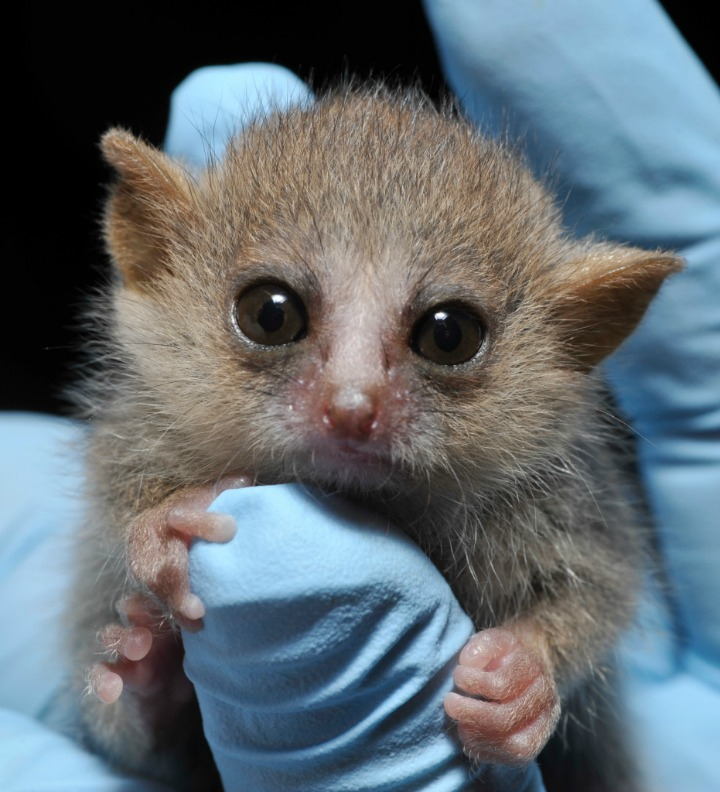
Mouse lemur 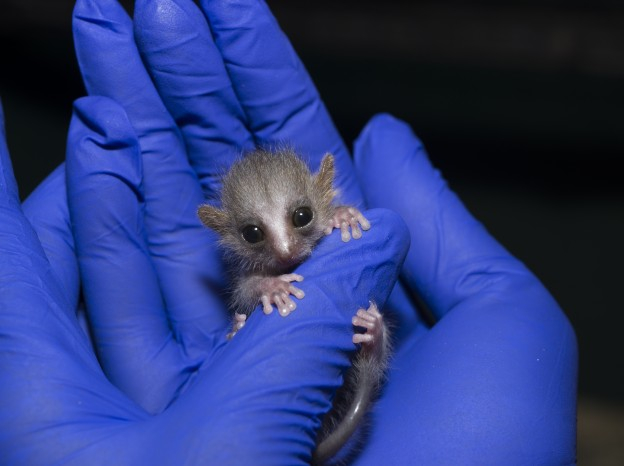
Mouse lemur









